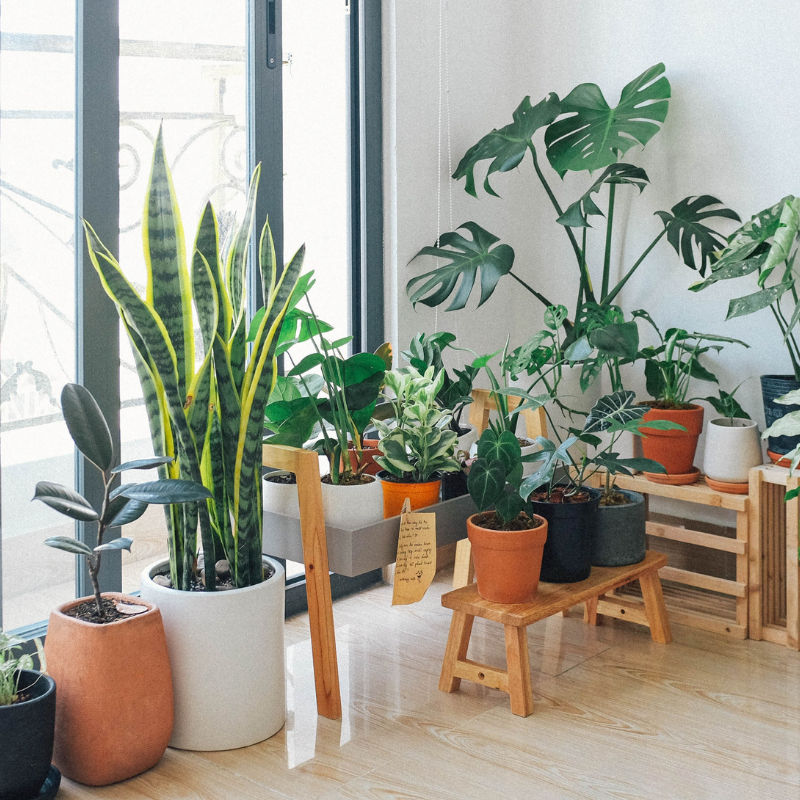
Anyone would want to live in an airy, well-furnished and modern home. And this can be further enhanced by making some small additions to maintain the freshness of the space. One way is by placing air purifying indoor plants in your house.
According to NASA, certain houseplants can absorb harmful toxins. These plants are a natural solution to indoor air pollution and serve as natural humidifiers. Add a good variety of such plants to your home as each of them are adept at removing specific air pollutants only. Moreover, a little greenery in the house improves mental health, increases productivity and enhances creativity and focus.
Best low-maintenance indoor air purifying plants
Spider plant
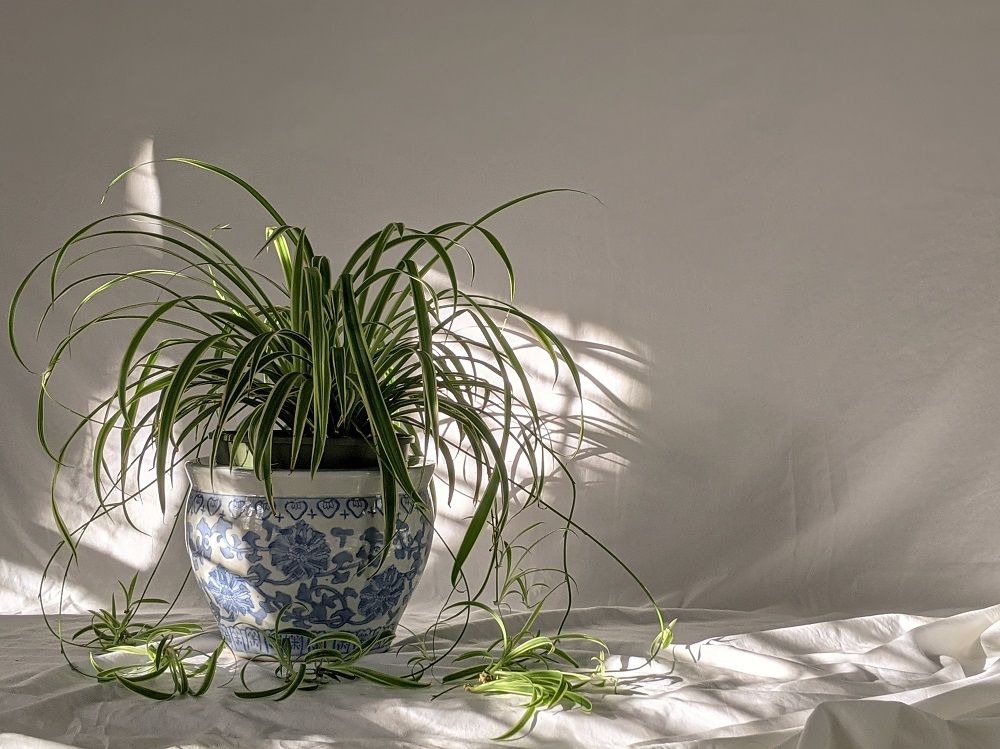
This gorgeous plant has long tapering green leaves with white stripes which have a striking resemblance to the legs of a spider. Hence, the name.
Spider plants in hanging baskets can enhance the look of your living room and eliminate various harmful chemicals such as carbon monoxide, benzene, formaldehyde, xylene and toluene from paints and synthetic fabrics.
This natural and pet-friendly air purifying plant is hardy and can easily survive your negligence. It can thrive in humid spaces and moderate temperatures (13–27°C) in indirect light. They grow pretty fast, so you have to repot them every other year.
Baby spider plants can do with occasional watering but once they have grown, water moderately. They bloom white tiny flowers in summer, which will brighten up your interior on a gloomy day.
Rubber plant
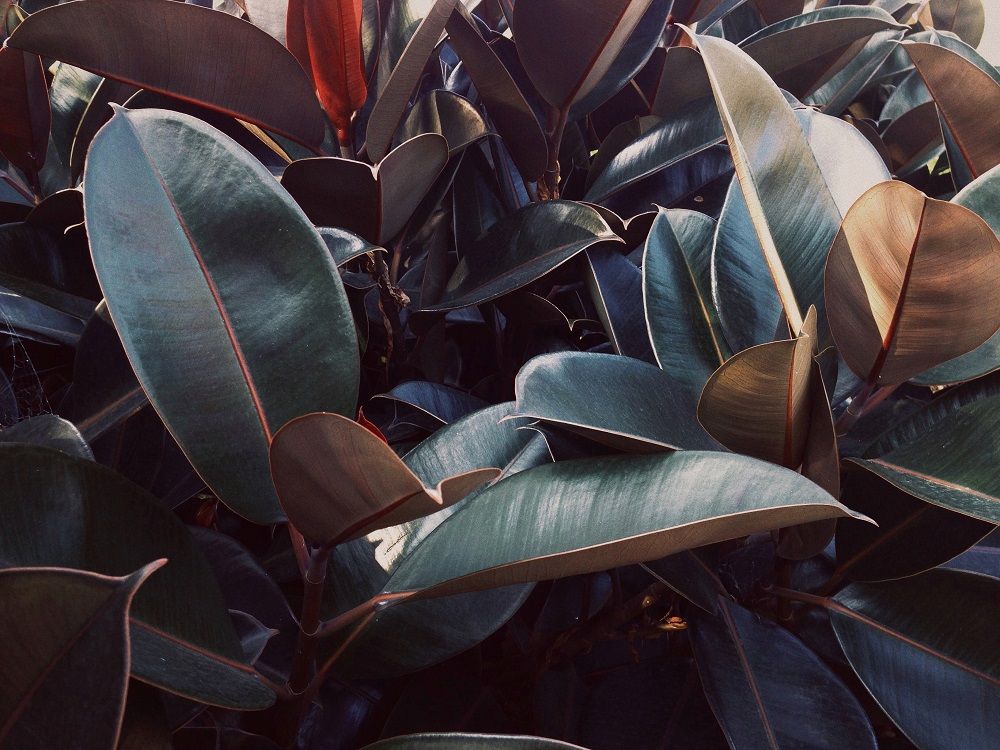
Rubber plants or rubber trees are popular as houseplants because of their waxy shiny leaves and larger-than-life appearance.
They filter toxins like formaldehyde, carbon monoxide and trichloroethylene and improve indoor air quality. They remove mould spores and bacteria and enhance air quality as well.
This powerful air purifying plant loves diffused or indirect light and moderate temperature (15 to 25°C). Water frequently to keep the soil moist. They grow pretty fast so even a weak fertiliser works wonders during the growing season (spring or summer).
The oval-shaped leaves with a rich green hue are great for minimal decoration. Unfortunately, the lovely evergreen plant is toxic for cats and dogs.
Snake plant
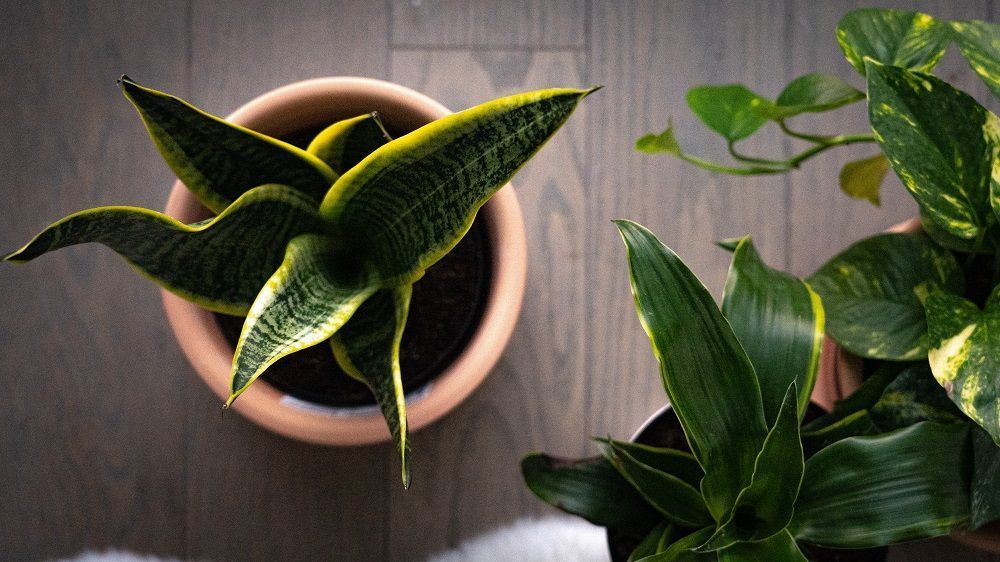
Snake plants have interesting nicknames like Saint George’s sword and mother-in-law’s tongue because of the shape of their leaves and the unique stripes. Their robust nature makes them one of the most beginner-friendly houseplants you can grow.
It has an amazing ability to produce oxygen and absorb carbon dioxide even in low light or at night. It removes harmful toxins like benzene, formaldehyde, trichloroethylene and xylene from the air and keeps it fresh. However, it can be toxic for cats and dogs.
Plant these in a potting mix of well-drained soil and water them only once a week. It grows well in different lighting conditions but can’t tolerate cold temperatures. The ideal temperature is 21-32°C, and you can fertilise them in summer for faster growth.
Golden pothos
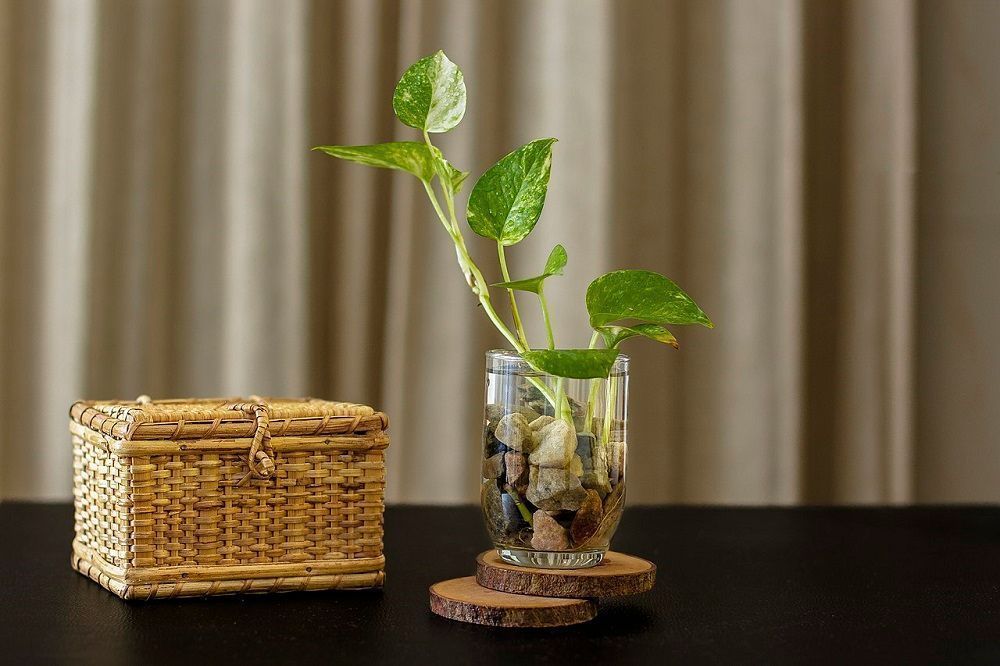
Pothos is one of the most effective indoor air purifiers you can add to your plant collection. It is also a very easy to grow and hardy plant that can endure some neglect.
Also popular as devil’s ivy, this tropical plant loves warm temperatures (18-24°C) and indirect sunlight. Watering is only essential when the soil feels dry. You can fertilise the soil once a month in summer and spring.
Pothos absorb harmful air pollutants like formaldehyde, xylene, toluene, benzene and carbon monoxide and keep the air breathable and fresh. It can grow well even in low lights, which makes it a suitable addition to offices, darker rooms, or bathrooms.
Its long stems make it a great decoration for hanging baskets or bookshelves. However, remember to keep the plants out of the reach of your pets.
Peace lily
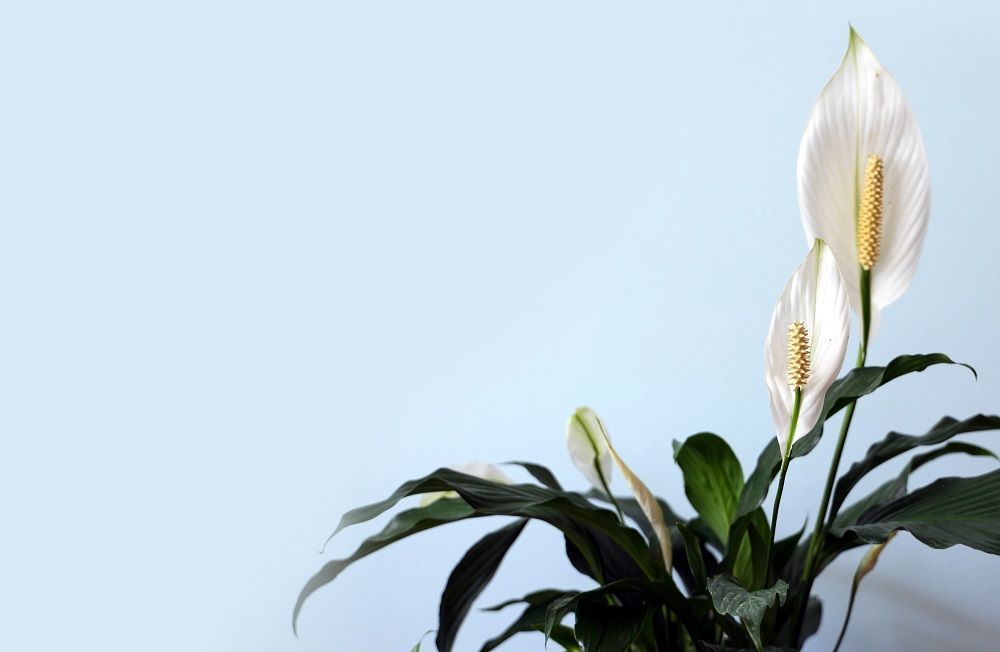
Peace lilies are NASA recommended for removing harmful pollutants like formaldehyde, benzene, trichloroethylene, xylene, and even ammonia. This low-maintenance plant looks minimal but effortlessly chic in your bedroom and promotes sleep.
The stunning white blossoms and glossy tear-shaped leaves radiate peace and tranquillity in your house. However, it can be mildly toxic to pets and children.
The plant thrives in bright indirect light. You can place it in front of a north-facing window, but direct sunlight will dry them out. Water them consistently to keep the soil moist but not soggy.
A warmer area (18-24°C) is more suitable for growing this beautiful air-purifying indoor plant. Peace lilies also appreciate occasional feeding now and then.
Aloe vera
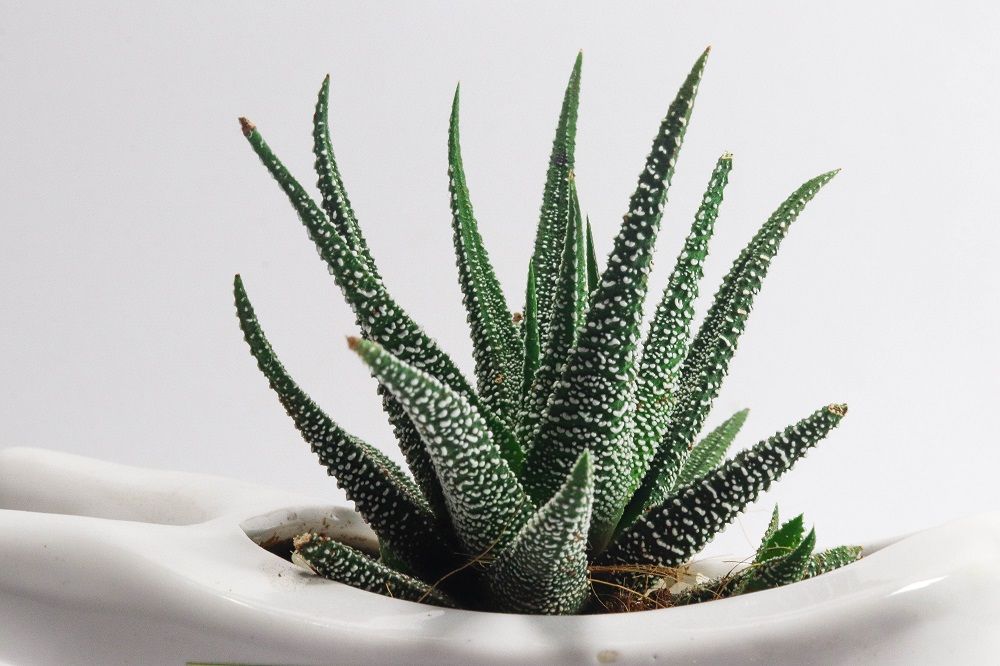
Aloe vera is one of the most popular houseplants of all time because of its unfussy nature and numerous additional benefits. Since it is a succulent plant species, it does not require frequent watering and little to no fertilisation.
The aloe plant, known for its various skin benefits and medicinal uses, loves indirect sunlight and grows well in temperatures of 10-30°C. Frequent watering is the most common mistake beginners make when caring for aloe vera. It is crucial for the soil to dry out before you spray water on them. It’s better to keep them in cotta pots so the oil can dry out faster.
The succulent can also filter benzene, formaldehyde, carbon monoxide and other noxious chemicals from the air. However, it’s not pet-friendly. So, keep your furry friends out of reach from the plant.
English ivy
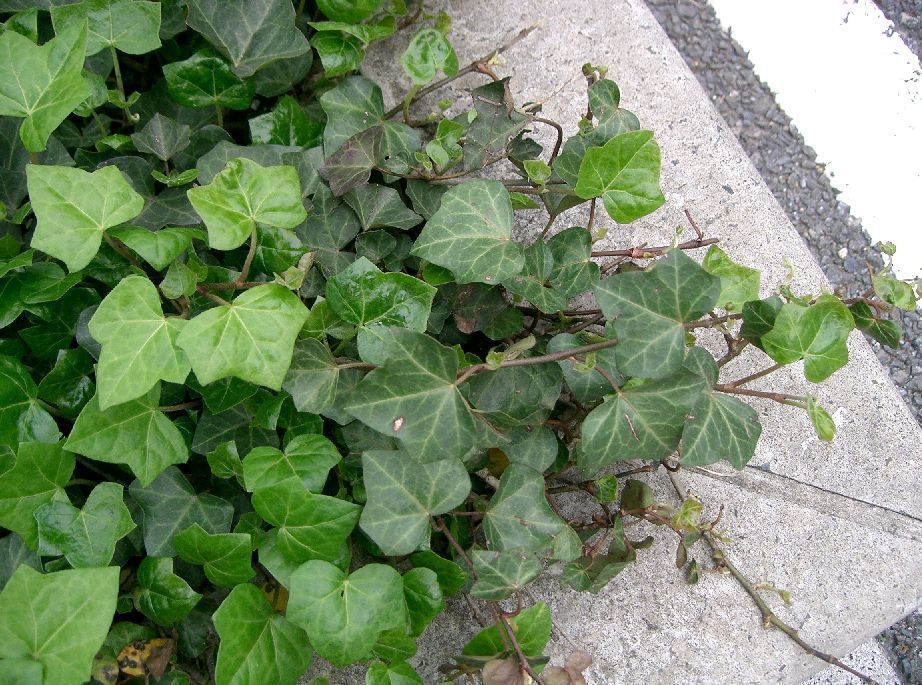
English ivy’s lush green foliage is great to introduce a soft aesthetic to your living room. You can pot this climbing plant in any dark corner of your house, without worrying about maintenance.
This plant reduces the amount of benzene, carbon monoxide, formaldehyde and trichloroethylene, removes mould spores from the air and improves indoor air quality.
It thrives in shady areas with indirect light, but direct light in winter can benefit the growth of the plant. It only needs fertilising every two weeks in winter and summer.
English ivies prefer moist soil so check the soil before watering. It loves a warm environment (21-32°C).
The evergreen plant looks very artistic, hanging from the ceiling or a wall. It is poisonous to animals and humans.
Chinese evergreens
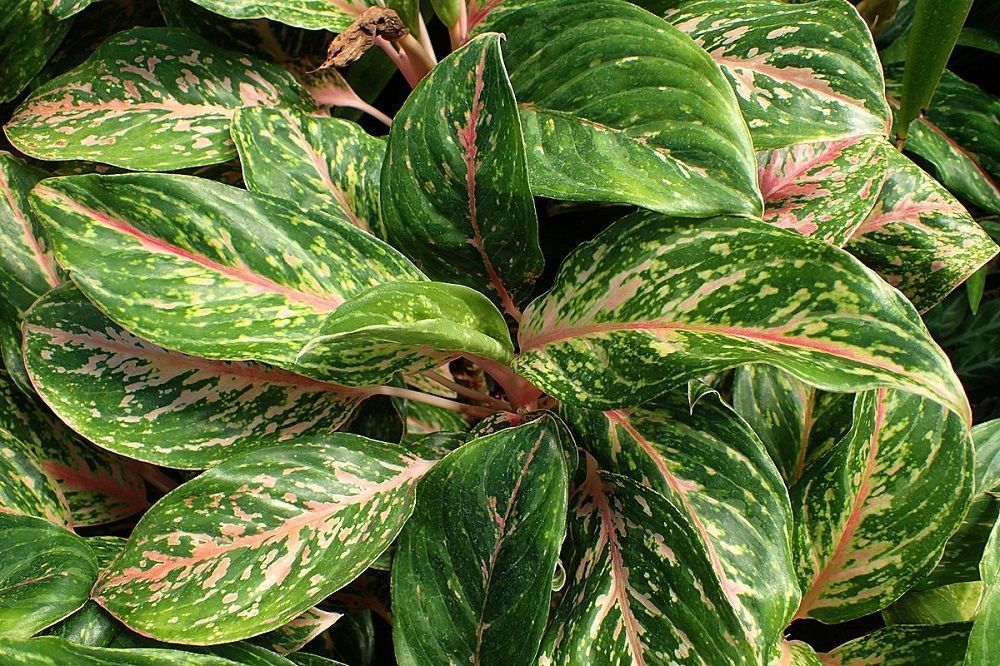
The Chinese evergreen has variegated and colourful foliage that will lend a pop of colour to your indoor spaces. It is a loved houseplant for its easy-going nature and stunning look.
It eliminates benzene, carbon monoxide, formaldehyde and many other airborne pollutants. However, this air purifying plant can be harmful to canines.
The tropical plant can tolerate different lighting and shading conditions. Spray water on them so the soil stays moist but don’t let it get water-logged. It will cause the roots to rot.
Fertilising them twice a year can be fruitful. It might need repotting every two to three years. As it loves warmth, try to keep it at 18-27°C for faster growth.
Chinese evergreens love bright light and come in varied colours that bring a beautiful contrast when placed against the plane walls of your kitchen or living room.
(Main and featured images: Huy Phan/Pexels)
This story first appeared on Lifestyle Asia India

